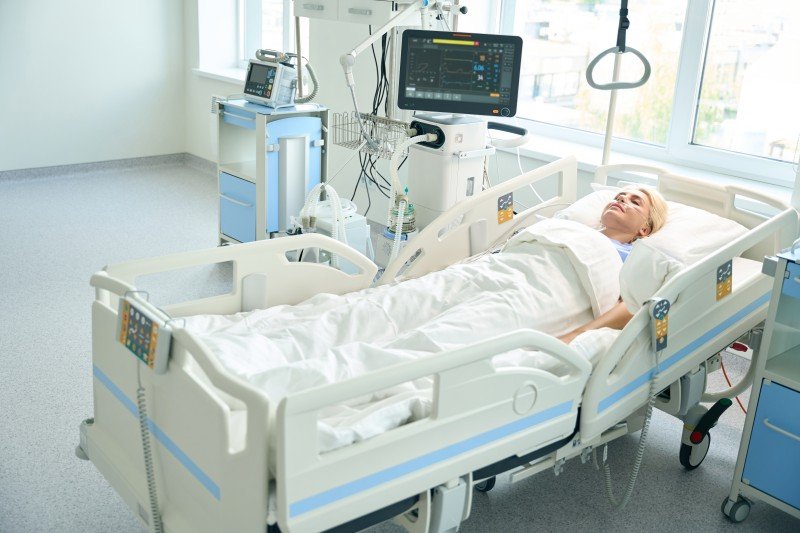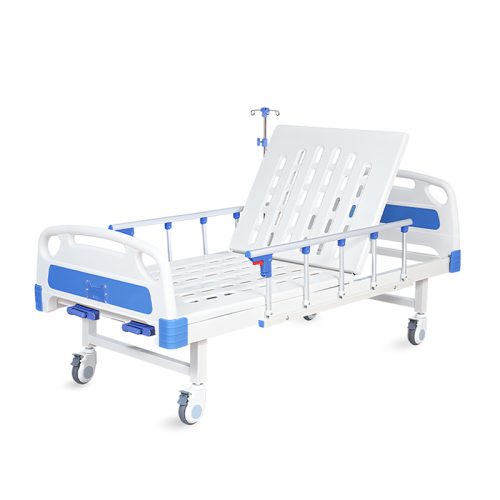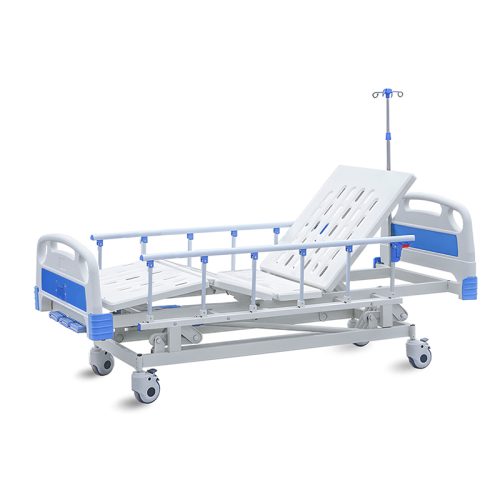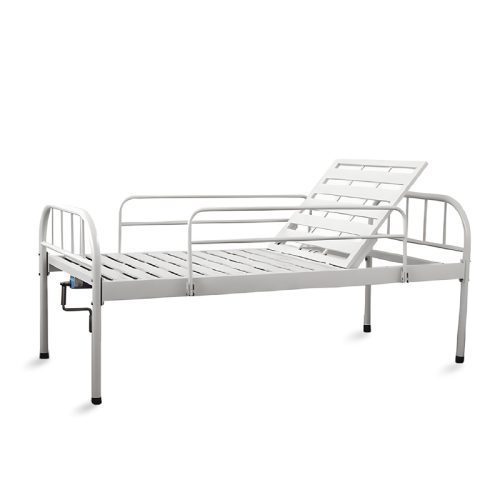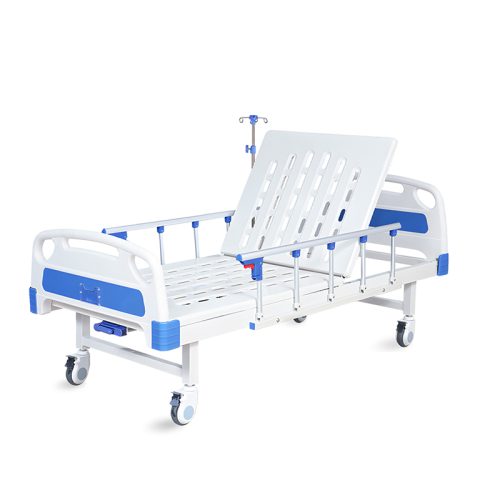
- سرير المستشفى
أسرّة المرضى: الميزات الرئيسية والفوائد والطلب في السوق للموزعين في مجال الرعاية الصحية
- بواسطة كيلينج ميديكال
Healthcare providers need patient beds to deliver quality care
Patient beds serve purposes beyond simple relaxation. Healthcare facilities build these beds to support patients’ medical requirements during recovery or extended treatment. Healthcare organizations like hospitals and nursing homes depend on patient beds to ensure patients receive the best possible medical treatment.
When picking a patient bed healthcare providers need to focus on the options for movement and positioning plus security features and long-term performance. These features help healthcare workers give better care while making their job simpler by assisting with patient positioning.
Key Features of Patient Beds
Patient beds differ in quality level from one product to another. Patient beds with advanced features help patients feel better and stay safe while making care easier for medical staff. Here are some key features to look for:
قابلية التعديل
Many patient beds include features that let users move their heads or legs up or down while also changing the bed’s height. Adjustable patient beds help patients feel better and support medical treatments like feeding and physical therapy.
Side Rails for Safety
Side rails help protect patients as they stop them from falling and keep them safe especially when patients become confused or need help moving. Patient beds feature side rails that medical staff can raise or lower according to the patient’s needs.
Pressure Relief Mattresses
Patients who stay in bed for long periods develop pressure ulcers as a frequent issue. Special pressure-relieving mattresses work with patient beds to stop skin sores from forming and help patients feel better when they lie down. You can find pressure-relieving mattresses made from foam, gel and air to help distribute body weight properly.
Electric Controls
Caregivers can operate electric patient beds without strain because their controls help move the bed into needed positions. Patient beds with electric controls help medical staff make effortless position changes during treatment and hospitalization.
سهولة التنقل
Healthcare staff find moving patient beds simpler because these beds include wheels or casters. Certain patient bed models include locking systems that hold the bed steady when in use.
Different Types of Patient Beds
Healthcare providers choose from many types of patient beds to match patient requirements across different medical settings. Distributors must understand all available types of patient beds to serve multiple types of healthcare customers.
Manual Patient Beds
Manual patient beds are budget-friendly because caregivers control their position through a hand crank. These simple beds work well for medical facilities that need basic equipment on a small budget.
Electric Patient Beds
Adjusting patient beds to the desired position becomes effortless because caregivers can operate them electronically. People use these beds in medical facilities plus nursing homes and homecare settings because they help patients rest better.
Bariatric Patient Beds
Bariatric beds help patients who need special support because they weigh more than typical patients. Bariatric patient beds need stronger construction and wider size compared to normal beds because they have reinforced frames and handle more weight.
Low Beds
Patient beds that sit close to the ground help patients move between bed and floor more easily. These beds help protect patients who need help getting around and who face a high chance of falling.
The business opportunities and patient market needs for companies that sell patient beds
The healthcare industry needs more patient beds because seniors need more medical help and people prefer home healthcare services. Distributors who bring superior patient beds to market can benefit from rising patient bed demand.
Increasingly families choose home healthcare services to care for their elderly or sick family members at home. More people now need home patient beds because of this development. The demand for specialized bariatric beds keeps growing because more people need weight loss surgery. Distributors can serve many different healthcare settings plus homecare patients because this market growth exists.
Pricing Considerations for Patient Beds
The price of patient beds depends on what the bed can do and how well it is made. Manual patient beds remain cheap because they lack advanced features but electric and bariatric models cost more due to their sophisticated engineering and heavy-duty materials.
Distributors should keep the following pricing factors in mind when offering patient beds:
Features and Adjustability: The price of patient beds increases when they include electric controls and specialized mattresses.
Customization: Bariatric and low beds require special customization that drives up their cost.
Durability: Healthcare providers pay more upfront for durable patient beds that still save money over time.
الخلاصة:
Healthcare facilities depend on patient beds because they help patients recover in comfort and security throughout medical settings. Distributors help hospitals nursing homes and homecare services by supplying patient beds that come in manual electric and bariatric types.
Distributors can grow their business by adding patient beds to their product line and reaching multiple healthcare facilities. Understanding how patient beds work and market trends lets you recommend better options for healthcare customers while improving patient outcomes.
Are you ready to deliver advanced patient beds to healthcare facilities? Reach out to us now to view our complete patient bed collection and start growing your medical equipment business.
📧 البريد الإلكتروني inquiry@shkeling.com
🌐 الموقع الإلكتروني: www.shkeling.com.cn
نتطلع إلى بناء شراكة ناجحة معك!

